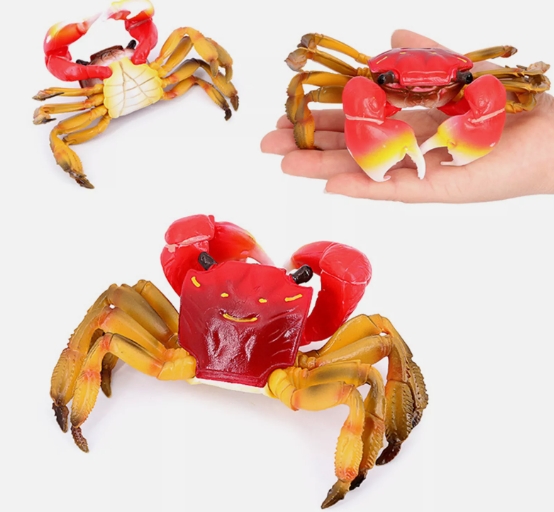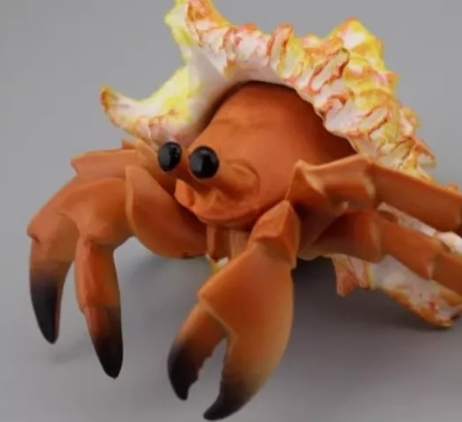Crab model is a scientific tool used to study and simulate the ecology and behavior of crabs, which is widely used in the fields of ecology, Marine biology and fishery management. By building this model, the researchers were able to gain insight into the crabs' living habits, breeding patterns and predation behavior within their habitat.
Crab models often incorporate ecological parameters, such as water temperature, salinity, food supply and ocean currents, to simulate crab population dynamics and survival strategies. It can describe the adaptive responses of crabs under different environmental conditions and help predict population trends. In addition, the model can assess the impact of human activities on crab populations, such as overfishing and habitat destruction, to provide a scientific basis for sustainable fisheries management.
By studying crab models, scientists can reveal the complexity of deep-sea ecosystems, promote biodiversity conservation, and support fisheries policy development. This model not only provides an important tool for research work, but also contributes wisdom to the protection of Marine ecological environment.




